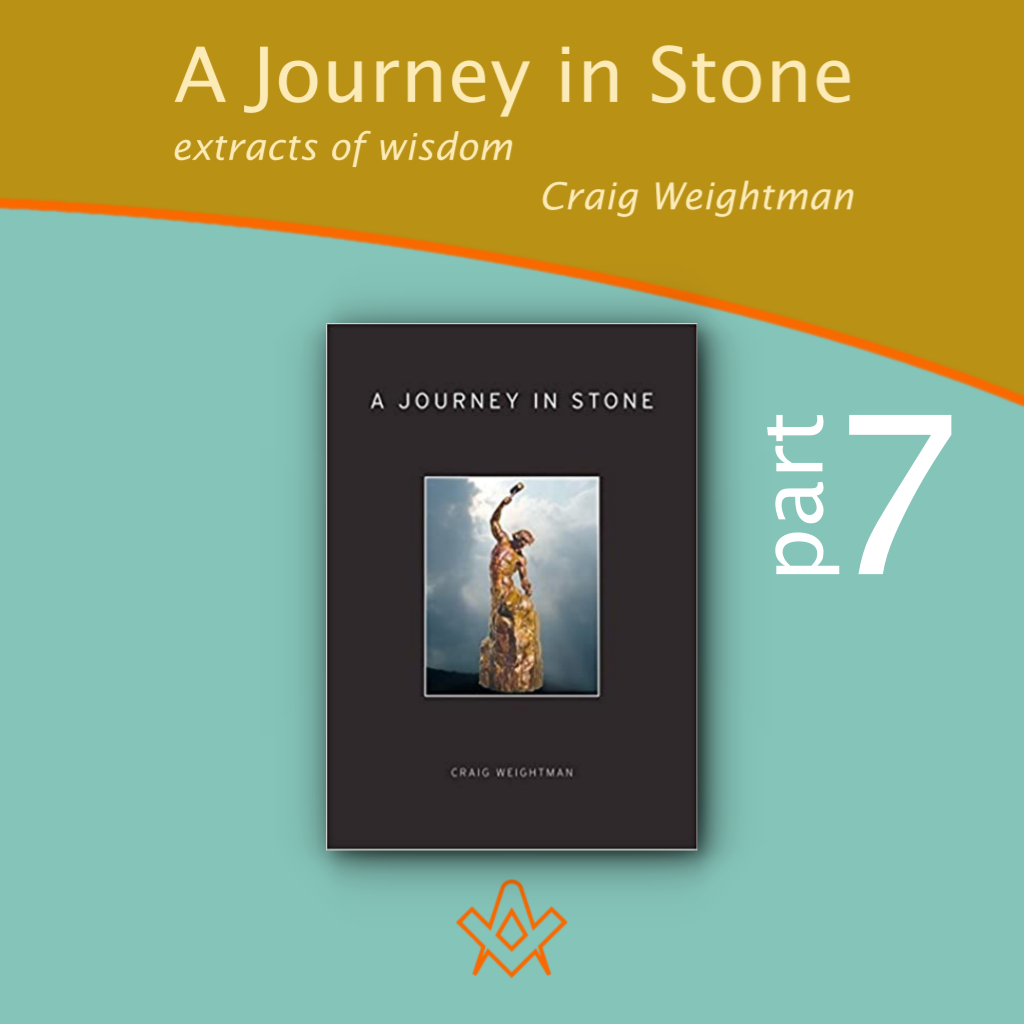For those who have enjoyed Craig Weightman’s thought-provoking and inspiring monthly features, this book collates his collective wisdom and philosophy, taking you on a fascinating ‘journey in stone’.
Over the next months, we will feature select extracts from ‘A Journey in Stone’ – if you enjoy these, please support Craig’s work by buying a copy.
“This book is the result of years of exploration by myself since I joined the Order of Freemasons in 2004. After following an identical story to the one expressed at the beginning of this preface, I found the process of initiation a truly transformative process.”
Craig Weightman.
A Journey in Stone
Extracted and abridged from A Journey in Stone: ‘the pathway to the perfect ashlar that requires continual improvement’
After the Freemason has progressed through the three Degrees of Craft Freemasonry they have been introduced to the symbols representing the various faculties of which they must make mindful use in order to craft the person that they once were, represented by the rough ashlar, into the morally more refined version of themselves represented by the smooth or perfect ashlar.

‘A Perfect Ashlar’
A perfect ashlar in stone masonry is a stone block, which has been crafted by skilled masons, into a more usable form as an element of the intended superstructure of which it is to become a part.
Once the stone has been hewn from rock in the quarry, then transported to the building site, it is the job of the apprentice to begin to craft the stone from its natural form into one that resembles what it is to become.
This is where the First Degree of Freemasonry, the Entered Apprentice Degree, gets its name. As has been explained, the tools of an apprentice comprise the gauge or ruler, the common gavel and the chisel.
The apprentice is to work with these tools until the stone is ready to be passed to a more skilled workman, known as a craftsman. Obviously, by the time the Entered Apprentice has finished working on the rough ashlar, it is far from complete and is still unready for inclusion into the building.
After the apprentice has worked on the stone it is passed to the skilled craftsman for further work and honing.
The end-result of this stage of the work will be the perfect ashlar that is ready to be included into the construction of the building.
Similarly, to the Entered Apprentice Degree, the Second Degree in Freemasonry takes its name from this operative phase of stonework, and is called the Degree of a Fellow Craft.
The craftsman works with the same tools as the apprentice, with the addition of some other tools of measurement, which include the square, the level, and the plumb rule. As the craftsman further smooths and prepares the stone for the building, they are constantly measuring it in order to ensure its transformation into the desired form.
The square tells them that the edges and corners of the developing ashlar are moving closer and closer to the desired ninety-degree angle, while the level informs them that its surface is perfectly flat and that the block stands level with respect to the ground, so that it will form a proper upright structure once it is put in place.
The plumb rule, similarly, shows that the ashlar is upright on all sides and so, once again, fit for its purpose in the construction of an upright structure. These tools will also be used in the general construction of the intended building.
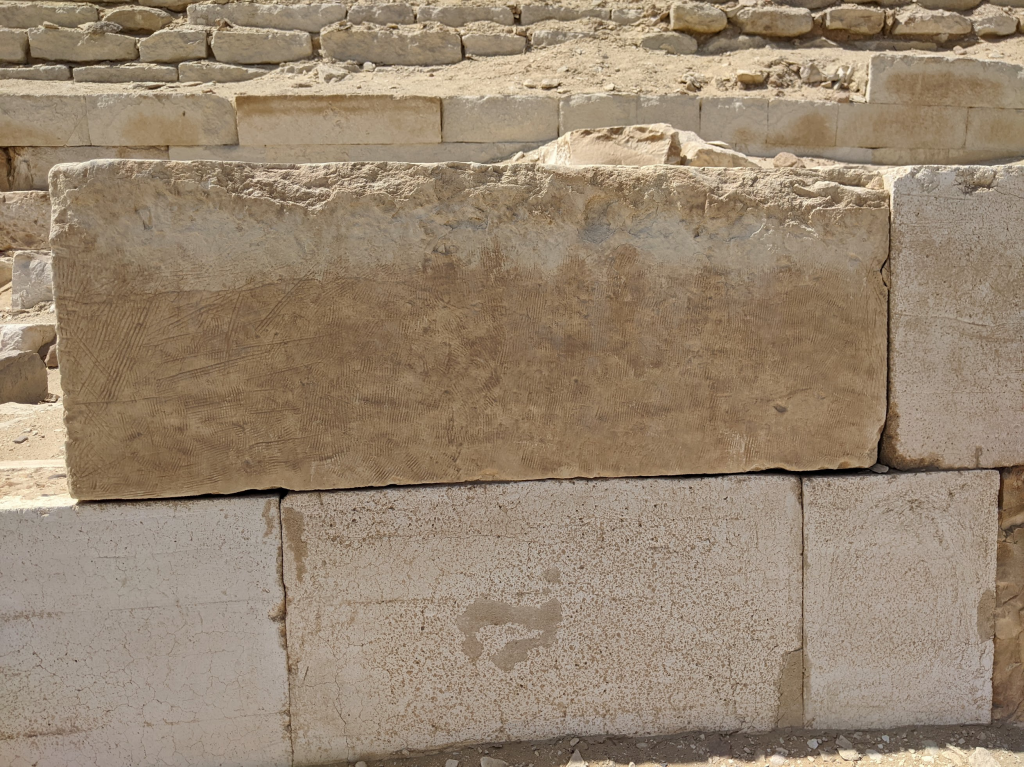
Rough and Smooth (perfect) ashlars made by ancient Egyptian stonemasons – Saqqara, Egypt.
Photo: copyright Philippa Lee, 2022
The craftsman will also use their skill to carve the stone with particular patterns which might further beautify the intended structure.
This requires a knowledge of the intended overall design of the final edifice so that patterns can be continued on similar, adjacent stone blocks.
This awareness of the overall design comes from the more senior craftsman on the building site, the master mason.
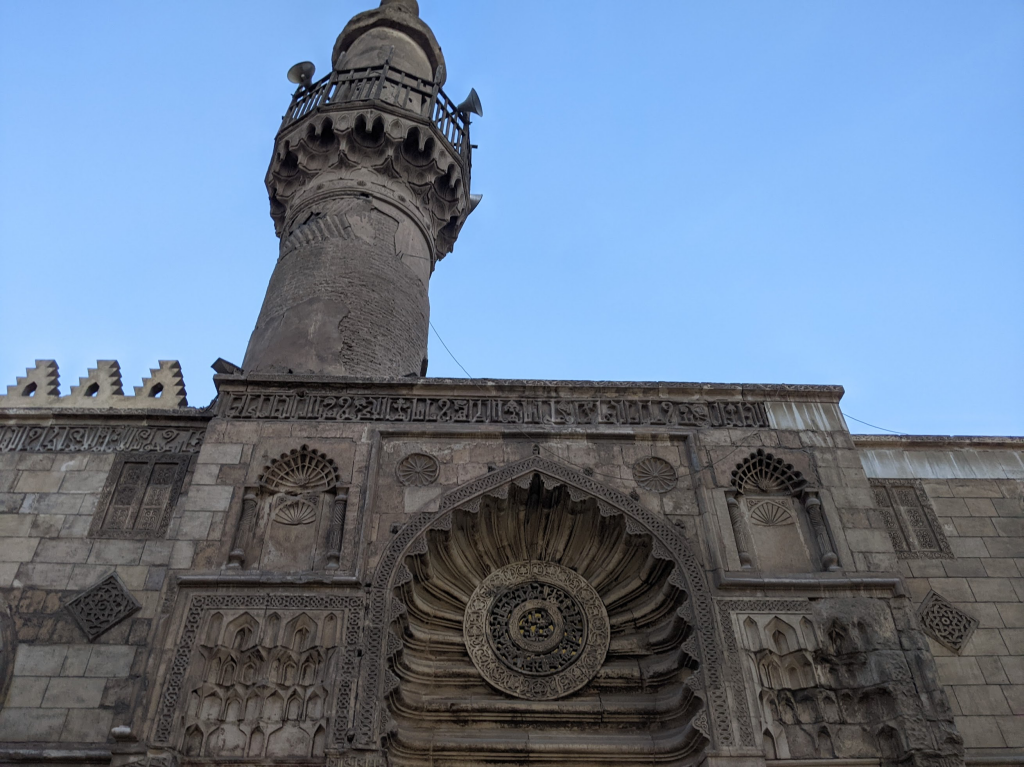
Intricate stone carving on the Al-Aqmar mosque, Al-Muizz Street, Old Cairo, Egypt.
Photo: copyright Philippa Lee, 2022
Master masons in the context of a building site, besides lending their skills to the crafting of the stone, act as foremen to the other stonemasons; it is they who are in close contact with the building’s architect and it is therefore their job to ensure the design is realised accurately. Once again, the Third Degree in Freemasonry takes its name from this phase of the crafting process, and so is called the Degree of a Master Mason.
As has already been seen, each of these stages of operative stone-masonry has its analogue in the different Degrees of Speculative Masonry, or Freemasonry.
However, instead of working on actual stone blocks, the material being worked on is the inner material of the individual Masonic Initiate.
As they move through the allegorical Degrees the Freemason moves closer to the Degree of a Master Mason, one who has mastered the science of self-crafting, working towards the great secret of the Self.
The job of the master mason, incidentally, is to liaise with the building’s architect, which also has its analogue in the world of the Master Freemason.
He has come to understand that in this case the architect is the architect of the world and the universe.
In the final chapter of this book, we shall explain in more detail the nature of the secret of a Master Mason in Freemasonry, a secret that, once found, is incommunicable, and which only reveals itself to those who have made the necessary efforts to uncover it.
The perfect ashlar in the speculative Craft of Freemasonry therefore represents the human being who has mastered the Self.
Being at the other end of the journey of Freemasonry, the perfect ashlar stands as the complete opposite of the rough ashlar, which represents the person just entering Freemasonry.
Mindful use of the symbolic tools has given the Master Mason mastery over the various faculties comprising human nature.
What description of the Freemason as represented by the perfect ashlar will therefore enable us to fully understand this symbol?
The first thing the true Master Mason has mastered is effective utilisation of their time. Initially, their lesson came from the twenty-four inch gauge, which taught that, ideally, the Freemason should divide their day into different activities.
However, the twenty-four inch gauge suggests yet another thing that we should pay attention to, and that is the subject of spirituality.
Freemasonry drives home the importance of regaining spiritual insights, as will be discussed later in this book and it hopes to achieve this through the process of initiation.
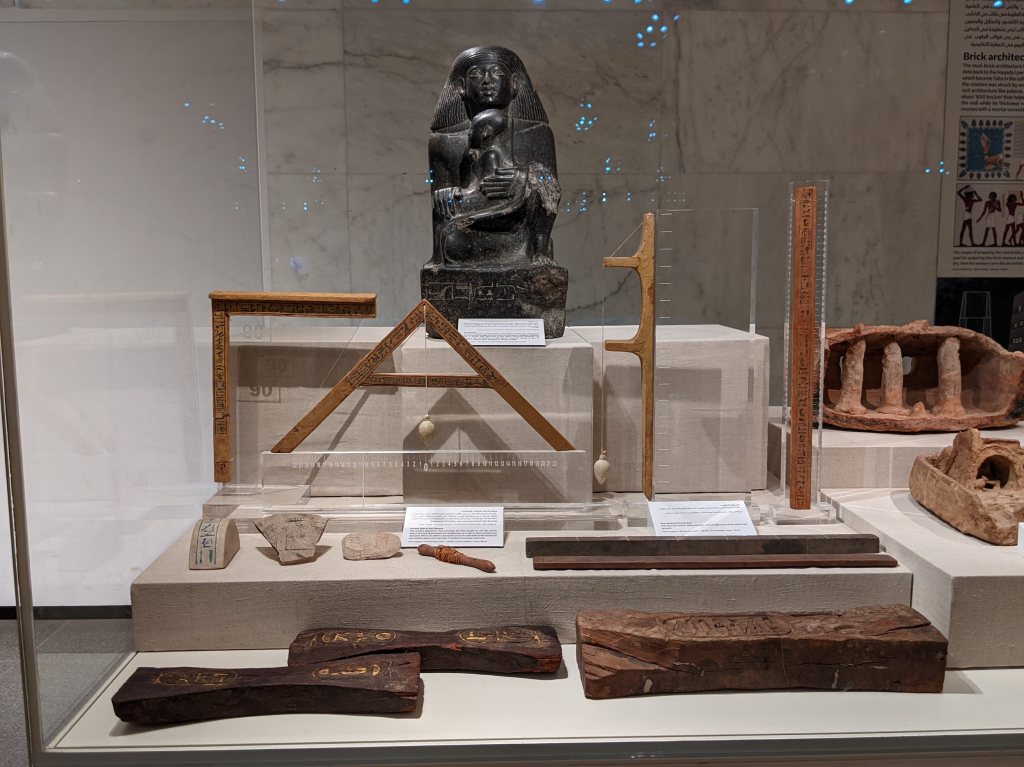
The Working Tools of the ancient Egyptian stonemasons from the worker’s village at Deir el-Medina, Luxor, Egypt. The statue is of Senenmut, Hatshepsut’s architect, and ‘Steward of the King’s Daughter’ (Hatshepsut’s daughter Neferure is shown seated on his lap).
Photograph taken by Philippa Lee, via the Egyptian Museum of Civilisation, Cairo (2022).
As well as having found a balance between work, leisure, and attending to spiritual matters, the Master Mason also turns his attention to how he can help other people in the wider community.
They do this by rendering service and aid to all who seek it, and embrace the opportunity and undertake it cheerfully, understanding that, as a member of society, they are part of an interconnected network that is dependent on the mutual support of its individual parts.
The importance of time is also driven home to the Master Mason by an awareness of the temporary nature of human existence.
The very fact a person is not around for long in the grand scheme of things implies they should act immediately in being of service, rather than resting on their laurels.
As the Master Mason moves through their days, using their time productively and rewardingly on the different levels, they are also equipped with a refined sense of conscience.
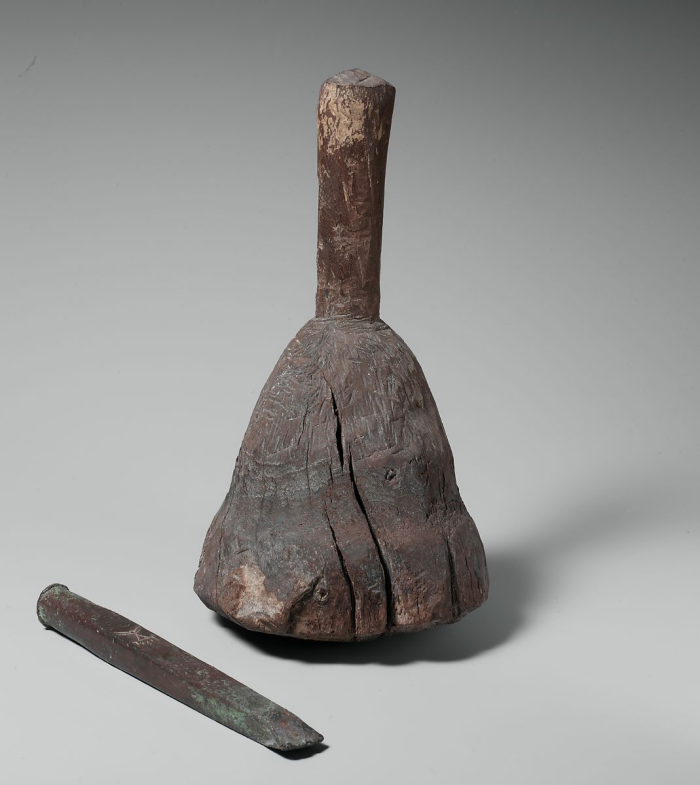
Stone masons maul and chisel from Thebes, Deir el-Bahri, Tomb MMA 101. 11th Dynasty, reign of Mentuhotep II. AN 27.3.12 Met Museum OA PD Image.
IMAGE LINKED: metmuseum.org Attribution 4.0 International (CC BY 4.0)
In stone-masonry, the chisel is nearly always used in conjunction with the common gavel. In Freemasonry, this implies that education should always be guided by the force of conscience.
If this policy is maintained, then human progress will be assured and will always take into account the side effects of such progress so that work can be done to mitigate them.
The term ‘upright’ refers back to the idea that a structure that is upright is effectively pointing at the heavens.
The structure, in this state, can then be seen to be a symbol of reaching for the highest plane of virtue and morality.
However, such structures are constantly battling against the pull of gravity. In order to defy gravity, a structure should be perfectly erect, with no give on any side, where gravity might be given the advantage.
To remain morally upright then involves a similar battle against the baser nature. It is as if the temptation to act according to our lower natures, is a constant force exerting its influence to pull the Master Mason from the higher morality to which they aspire.
In order to aid the Freemason in their daily life they commit themselves to the very valuable faculty of education.
Many of the problems of mankind are based on ignorance. Where there is insufficient learning, superstition creeps in, and this usually leads to human error.
As has been already covered in the explanation of a Freemason’s use of a heightened sense of conscience, the Freemason is committed to acting according to the highest moral principles, regardless of anything else.
Of course, it is important for the Freemason to discern what the best moral actions actually are. In order to do this, the Master Mason has perfected the use of the Golden Rule as a guide to their actions.
The Golden Rule, as has been explained previously, can be summed up in the statement that a person should do to others as they would have done to themselves. This is also known as Square Conduct.
In upholding moral codes and seeking to maintain a sense of equality, the ideal Freemason must commit themselves to always remaining upright in their conduct.
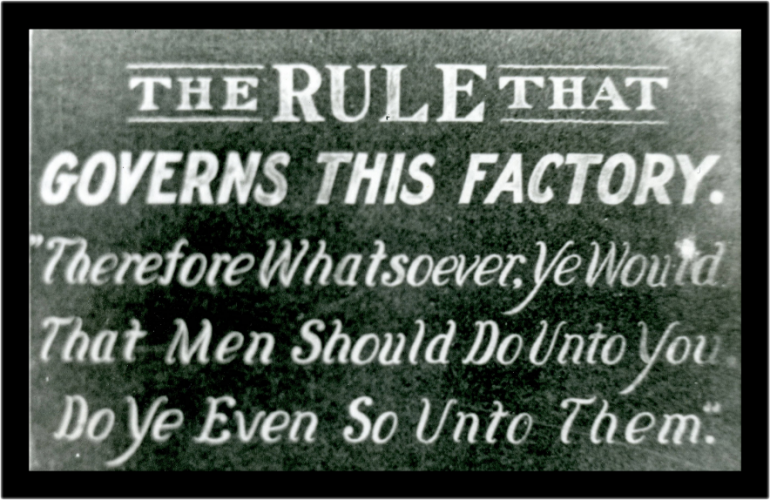
“Golden Rule Sign” that hung above the door of the employees’ entrance to the Acme Sucker Rod Factory in Toledo, Ohio, 1913.
IMAGE LINKED: wikimedia Attribution 4.0 International (CC BY 4.0)
As well as the moral development, which has been thoroughly explored, there are other parts of human nature that must be wrestled with if the will of the Freemason is to gain full control of their inner Self.
The ideal Master Mason then has perfect control of their emotions. They are able to stand guard and allow the positive emotions to pass unhindered into their awareness, but also to halt and question the negative emotions that will also arise from time to time.
As the Freemason strives to be selfless, a certain degree of faith arises in the beneficial outcomes of such behaviour, as the safety inherent in faith dispels the fear of the inherent unknown in life and the Freemason becomes happier.
A facet of the human animal that is also driven by fear is the tendency towards greed and therefore excess. The driving force behind this has already been explained. It is the natural inclination of a human being’s more primitive nature to accumulate resources.
Thankfully, some of the richest people in the world have shown evidence of feeling an embarrassment of riches and have begun to take heed of the great responsibility that has been laid upon them: that they should use their amassed wealth to give back to society and improve global conditions.
From the Masonic point of view, this responsibility is driven home throughout the process of initiation and as the Freemason pursues the Masonic life. The call that Freemasonry makes to every Freemason’s heart is the call to give charitably whenever they can.
One of the main oppositions to the inward development of any human being is their sense of ego. The ego arises in most human beings and is a result of identification with the illusion that there is a separate Self that stands apart from everyone else.
It is in this state that fear arises, because the person who feels separate feels in some way alone and cut off from the rest of the world, and that it is up to them to maintain their survival. Therefore, the ego arises as a natural instinct to preserve oneself and to survive.
The natural antidote to this is to actively promote usefulness in any endeavour. With sustained effort, these endeavours will bear fruit in the form of the realisation that they are useful, regardless of whether people recognise it or not. Again, as a result of this, the emphasis on the ego melts away.
Throughout the journey of the Freemason, it can sometimes be mistakenly believed that the state represented by the perfect ashlar is an end-goal to aim for and, once it is achieved, there will be no more work to be undertaken.
Unfortunately, this is a mistaken view; in most cases, the job of the Freemason is ongoing throughout all of their lives.
Only by paying attention to what the ceremonies of initiation have to say about the symbols which are presented and then attempting to further understand the meaning alluded to can a Freemason then try out the lessons in the laboratory of their own lives.
Sometimes, the Freemason will believe they understand the meaning of some symbol or another and, as the experience of life progresses, suddenly find that they were mistaken.

‘The Pathway to the Perfect Ashlar Requires Continual Improvement’
The smooth ashlar is intended as an ideal to work towards. This being the case, it is unlikely that any one Freemason will ever achieve the lofty standards represented by this smooth stone.
However, it is important to understand that having the ideal to work towards, even if one knows that it can never be fully achieved, is incredibly important.
As a simple ideal, the smooth ashlar acts as a lighthouse in the stormy seas of life. As we sail these waters, the waves of the world will buffet us one way or another and cause us to move in many a random course.
However, by keeping sight of the ideal of the perfect ashlar, the Freemason is able to spot when they are moving off-course and correct their steering. In many ways, we should be glad that life continually throws challenges at us. It is only when we are challenged that we catch glimpses of what we are capable of.
Without the discomforts in life, we would become apathetic, and we would not grow. It has been recorded in history that creatures that are unable to change when circumstances change become extinct as a result of their inability to evolve. In this sense, it is a very important compulsion to be able to strive for continual change.
It is for this reason that Freemasonry exists. It exists because we naturally want to grow. Therefore, it has developed a system by which consistent growth for the better can be experienced for the benefit of both the individual and the rest of society.
It has carefully developed a system of psychological techniques and tools to help the Freemason in their endeavour, and an ideal to guide them on their way.
Reproduced with permission from the publisher Lewis Masonic. All rights reserved.
Follow Craig on Twitter: @WeightmanCraig
Read about Craig’s work as a Senior lecturer in Games and Visual Effects, Staffordshire University
https://theconversation.com/profiles/craig-weightman-430199/articles
Video Presentation
Article by: Craig Weightman

Craig Weightman grew up in Hinckley, Leicestershire and was educated at the University of Leicester, gaining a degree in Psychology and Computer Science.
He was initiated into Freemasonry in 2003, and became master of his lodge in 2014.
Outside of his interests in Freemasonry, Craig is a lecturer in Computer Games Design and Computer Science at a college in Warwickshire. He also develops websites for businesses.
Craig is the author of 'A Journey in Stone'.
 A Journey in Stone – Extracts of Wisdom p.10 More extracts of wisdom from Craig Weightman's book 'A Journey in Stone' – in this final part in the serialisation, we discover the Transformative Symbolism of the Royal Arch – and the end of the journey. |
 A Journey in Stone – Extracts of Wisdom p.9 More extracts of wisdom from Craig Weightman's book 'A Journey in Stone' – this month, we explore the 'Illusion of the Self and the Truth of Interdependency' |
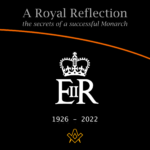 A Royal Reflection – the secrets of a successful Monarch On the death of Her Majesty Queen Elizabeth II, Craig Weightman, in a fitting tribute to an exemplar, recently departed, reflects on how the late Monarch's life demonstrated how we should all live every moment, as we serve others. A poignant reflection on a life that was resplendent in virtue, to the benefit of all, which is what Freemasonry attempts to teach us. |
 A Journey in Stone – Extracts of Wisdom p.8 More extracts of wisdom from Craig Weightman's book 'A Journey in Stone' – this month, we explore |
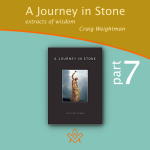 A Journey in Stone – Extracts of Wisdom p.7 More extracts of wisdom from Craig Weightman's book 'A Journey in Stone' – this month, we explore |
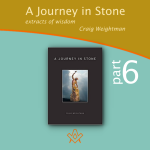 A Journey in Stone – Extracts of Wisdom p.6 More extracts of wisdom from Craig Weightman's book 'A Journey in Stone' – this month, we explore the Working Tools of the Third Degree. |
 A Journey in Stone – Extracts of Wisdom p.5 More extracts of wisdom from Craig Weightman's book 'A Journey in Stone' – this month, we explore the Working Tools of the Second Degree. |
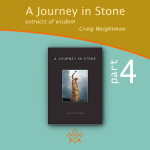 A Journey in Stone – Extracts of Wisdom p.4 The Working Tools of the First Degree – the twenty-four-inch gauge. This book collates masonic author and psychologist, Craig Weightman's collective wisdom and philosophy, taking you on a fascinating 'journey in stone'. |
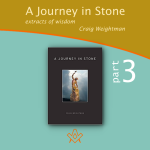 A Journey in Stone – Extracts of Wisdom p.3 This book collates masonic author and psychologist, Craig Weightman's collective wisdom and philosophy, taking you on a fascinating 'journey in stone'. |
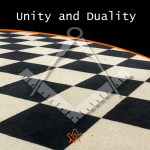 Craig continues his previous exploration into the 'hero's journey' through life's travails; this month we discover how within the stormy sea of battling opinion and confusion, there is an island called Freemasonry. |
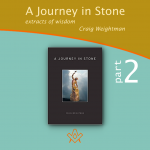 A Journey in Stone – Extracts of Wisdom p.2 This book collates masonic author and psychologist, Craig Weightman's collective wisdom and philosophy, taking you on a fascinating 'journey in stone'. |
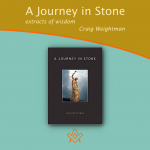 A Journey in Stone – Extracts of Wisdom p.1 For those who have enjoyed Craig Weightman's thought-provoking and inspiring monthly features, this book collates his collective wisdom and philosophy, taking you on a fascinating 'journey in stone'. |
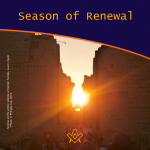 This spectacle takes place at the same time every year. Literally, the sun 'dies' for three days, then is reborn on the Christmas morning. |
 Coming to Terms with the Great War Within Ourselves Discover your 'shadow' - the black-and-white path to self-awareness - "A man who is possessed by his shadow is always standing in his own light and falling into his own traps...living below his own level." - Carl Jung |
 The Masonic Art of Being a Gentleman What defines the masonic art of being a gentleman; a chivalrous, courteous, or honourable man? |
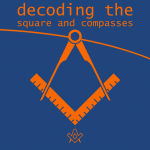 Decoding the Square and Compasses The square and compasses is the most famous symbol with which Freemasonry is identified. However, this is not just a logo that helps the organisation to stand out from the rest. |
 Each moment is a gift that you can make the most of. We can all do more; many of us do not live our lives to the full. |
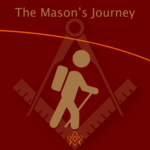 The hero’s journey can also be seen in the Masonic system; a candidate first considers embarking on the Masonic journey but wonders whether it is really for him |
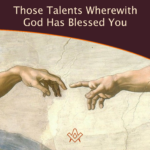 Those Talents Wherewith God Has Blessed You Incorporated in the charge to the initiate, has a lasting impression of what Freemasonry is all about. |
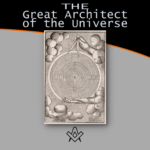 The Great Architect of the Universe When a candidate for 'Regular' Freemasonry is interviewed, prior to being admitted, he is always asked if he believes in a Supreme Being. |
masonic knowledge
to be a better citizen of the world
share the square with two brothers

click image to open email app on mobile device



